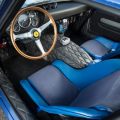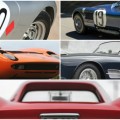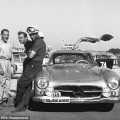An interesting piece on both how people can potentially make money flipping new, limited production run cars, and how the manufacturers are combating it.
On the one hand, it’s easy to easy to see why a person would pay 1.5 times the sticker price for an item with limited to no supply. At the same time it may be just a tad frustrating trying to purchase a car directly from the manufacturer, only to be told you don’t qualify yet since you don’t own five Ferrari’s. Who’s side are you on?
Original Article – January 20, 2016 – BusinessInsider.com
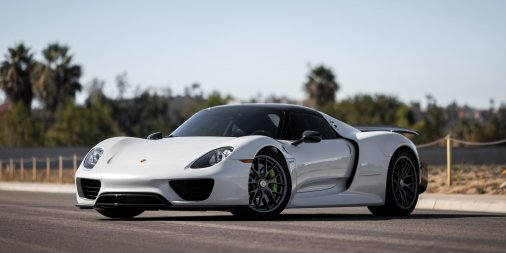
The 2015 Porsche 918 Spyder to be sold at auction. (Photo Credit – Patrick Ernzen)
In the classic-car auction market, perfectly preserved vintage Ferraris can bring in tens of millions of dollars.
Consequently, enthusiasts often look at classic vehicles as investments.
But we’re typically talking about cars that have been around for decades. A new trend in the resale market involves nearly brand-new, ultra-exotic automobiles.
At an RM Sotheby’s auction in Arizona this month, a Porsche 918 Spyder — an outrageous, hybrid supercar and the first to sell on the open market — is estimated to bring in 1.5 times as much as its sale price, paid just one year ago when the owner took delivery.
The 918 — with a combined 887 horsepower produced by a V8 and two electric motors — sits near the pinnacle of modern road cars. The $929,000 sticker price for the 2015 model-year car — including the $80,000 Weissach performance package option — reflected the car’s exclusivity, as did the limited production run of 918 units.
This auction, the first secondhand sale of the 918 Spyder, is the only way to purchase one, and with a house presale estimate of $1.3 million to $1.5 million, someone will have to pay handsomely to get the car.
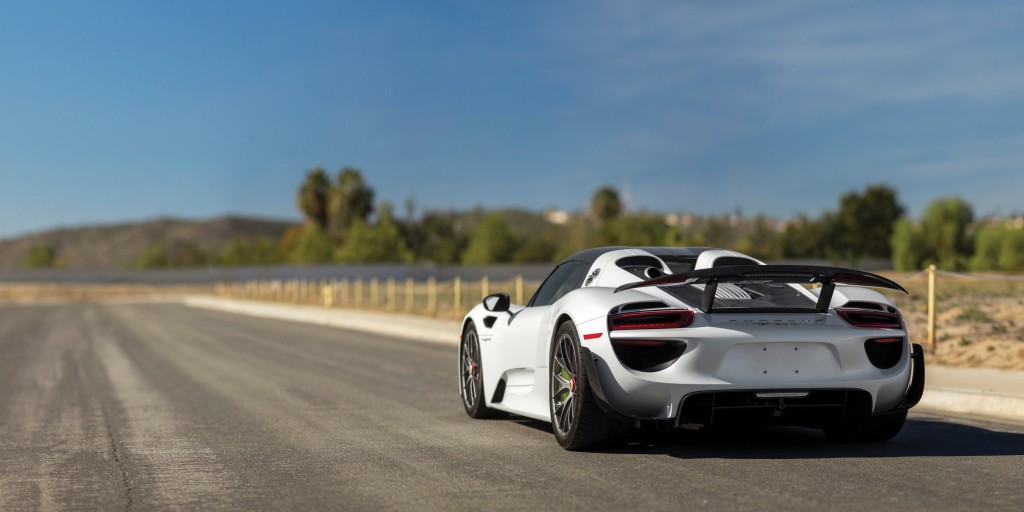
The Hypercar can sprint from 0-60 mph in 2.6 seconds. Top speed: 211 mph. (Photo Credit – Patrick Ernzen)
The Porsche 918 auction is far removed from the dream of your pop’s old Mustang one day being worth a fortune.
In fact, the sale has little to do with the classic-car market, usually topped by decades-old classic Ferraris or Mercedes now worth eye-watering fortunes in an asset class that has, until recently, outperformed the rest of the market.
Gord Duff, a car specialist at RM Sotheby’s, explained that the market for cars like the 918 is very particular.
“There’s a lot of new, younger money coming into the market,” Duff said.
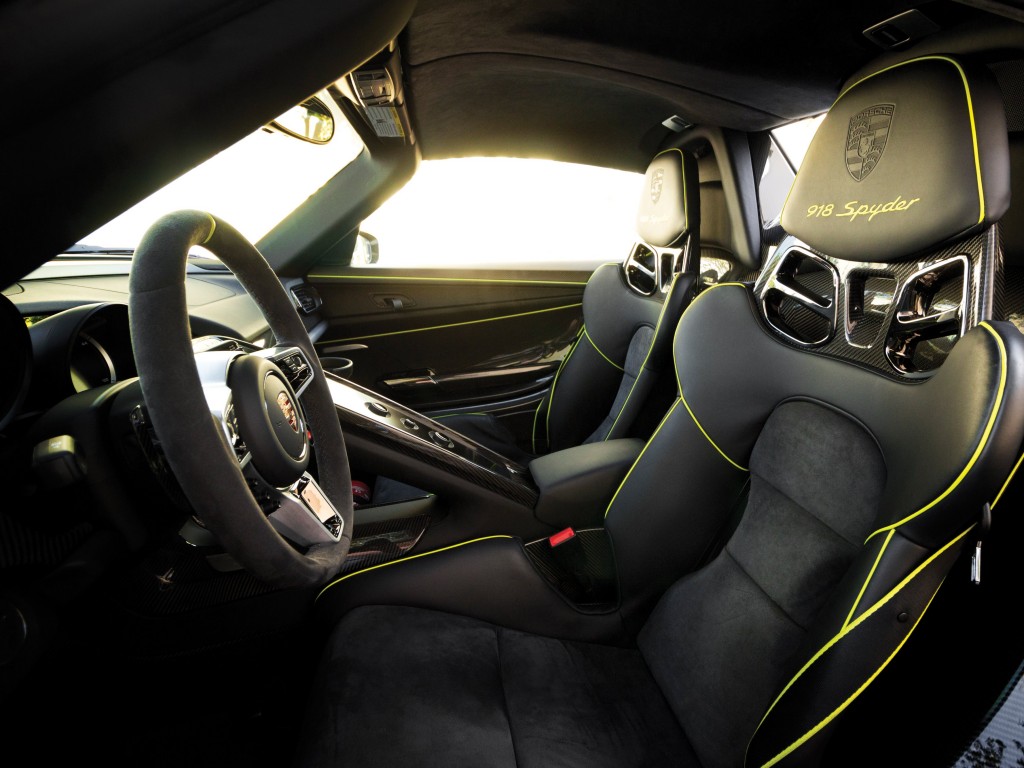
The interior is a gorgeous collection of leather and carbon fiber. (Photo Credit – Patrick Ernzen)
And that new money may have little interest in the old-school classics that rule the collector-car market.
“The younger generation wants the latest and greatest supercars,” Duff said. “They don’t want an old car, they want something new.”
But here’s an interesting wrinkle: Even market-topping ultra-classics did not in their day show the immediate return of modern supercars.
The 1962 Ferrari GTO, which currently holds the record for price paid at auction, could have been picked up — once Ferrari had finished racing it — in 1964 for $4,000.
In 2014, it sold for $34.6 million.
That was not only cheap for a Ferrari in 1964, but it was cheap for a car. For just 300 more dollars that year, you could have purchased a new Buick Riviera. And obviously it took 50 years for the Ferrari to achieve its auction price.
According to Duff, the market began to change in the 1980s with the release of the Ferrari 288 GTO, Ferrari F40, and Porsche 959, three supercars that were immediately sought after by those not lucky enough to receive one of the limited-run examples.
“As soon as they use the word ‘exclusive,’ it seems to bring in a premium immediately,” Duff said.
Today the trend continues, and because many boutique manufacturers have adopted a policy of hand-picking customers for their hyper-exclusive models, it may only increase demand for the cars when they do finally appear on the market.
Most Ferraris, for example, are sold to customers who already own one. As for the LaFerrari, the range-topping $1.3 million hypercar, candidates for the car were rumored to own anywhere from five to 30 Ferraris just to be considered.
This was a case of Ferrari trying to avoid quick flips of its most expensive car. The kind of people who are worthy of buying one won’t want to let theirs go anytime soon.
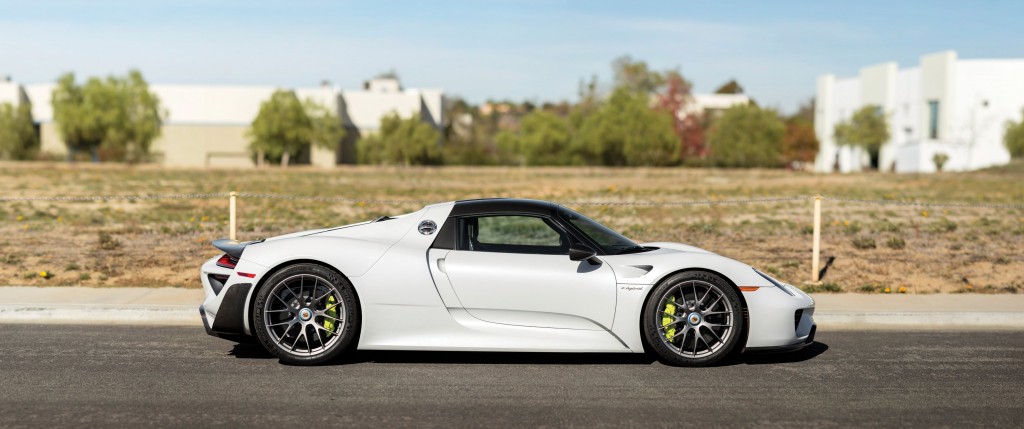
It can be yours for an estimated $1.3 million to $1.5 million. (Photo Credit – Patrick Ernzen)
